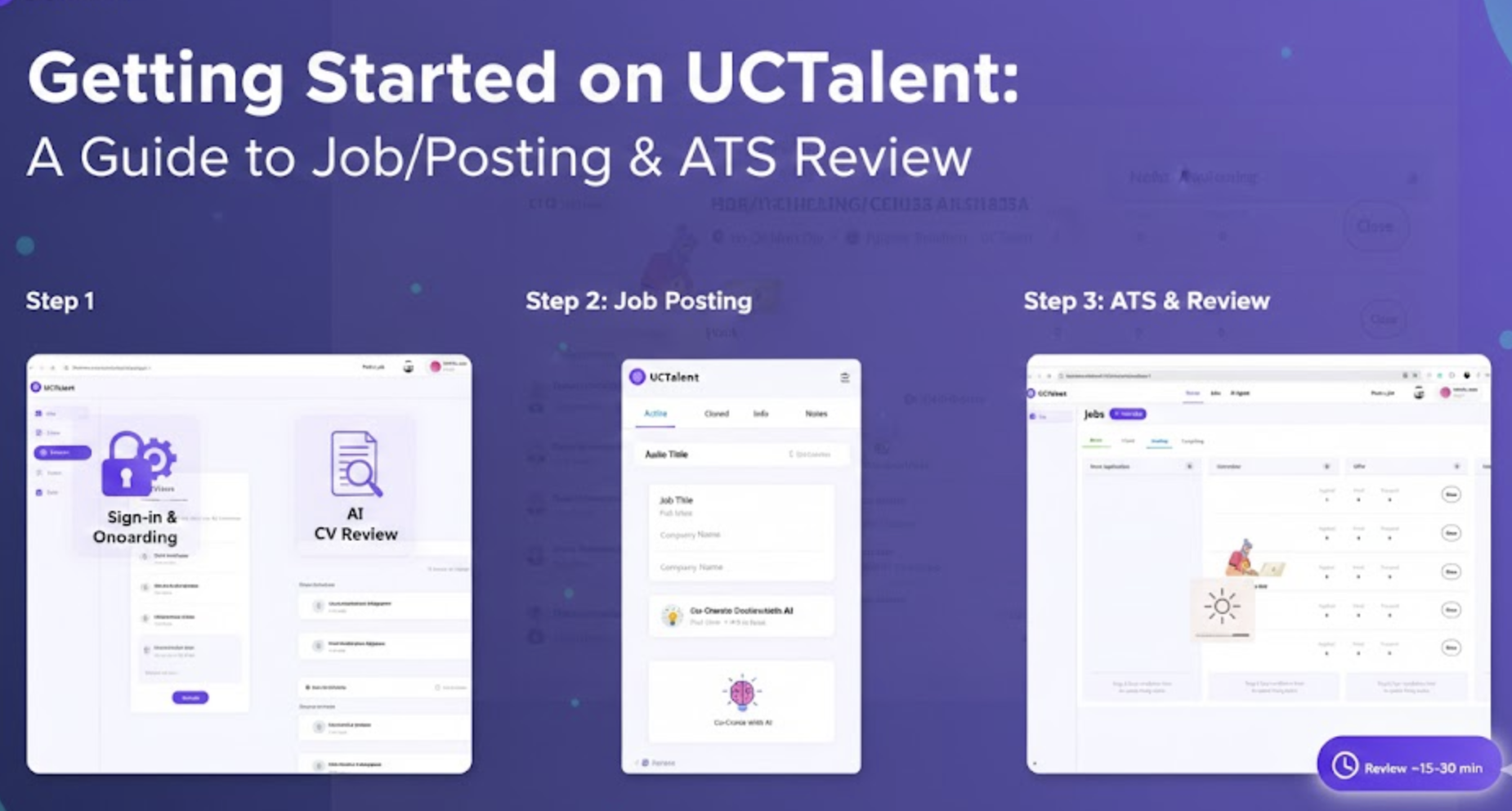A Beginner's Guide To Digital Product Management - Key Principles and Skills
Digital product management is a crucial field in the technology sector, especially as businesses increasingly rely on digital solutions like mobile apps, software, and online platforms. For beginners stepping into this dynamic domain, understanding the core principles and essential skills is key to successfully managing and developing digital products. This guide will provide a comprehensive overview of digital product management, helping you build a solid foundation for your career.
What is Digital Product Management?
Digital product management involves overseeing every stage of a digital product’s lifecycle, from initial conception to launch and ongoing maintenance. A product manager (PM) is responsible for ensuring that the product meets user needs while aligning with the company's strategic goals. For example, managing a digital product such as a task management app involves defining the product vision, coordinating development, and continually improving the product based on user feedback and market trends.
Key Concepts in Digital Product Management
1. Product Lifecycle
The product life cycle represents the stages a product undergoes from inception to retirement. For a digital product like a task management app, the life cycle includes:
- Ideation: Identifying user needs and market opportunities. This might involve discovering a gap for an app that helps users manage tasks more efficiently or analyzing trends in productivity tools.
- Development: Designing and creating the app, which includes programming, testing, and developing a user-friendly interface. This phase is where the initial concept transforms into a tangible product.
- Launch: Introducing the app to the market through platforms like the App Store or Google Play. This phase also involves executing marketing strategies to attract and retain users.
- Growth: Monitoring the app’s performance, collecting user feedback, and implementing enhancements to improve features and user experience. This phase focuses on expanding the app's user base and refining its functionality.
- Maturity and Discontinuation: Evaluating when the app reaches its peak in terms of user engagement and deciding on future actions—whether to continue, upgrade, or discontinue the product.
2. Product Vision and Strategy
- Product Vision: This is a clear, inspiring statement about the long-term goals of the product and the value it aims to deliver to users. For a task management app, the vision might be to help users optimize their time and tasks through an intuitive and efficient interface.
- Product Strategy: This is a detailed plan outlining how to achieve the product vision. It includes setting both short-term and long-term goals, defining key features, and establishing competitive positioning in the market.
3. User Research and Persona Development
- User Research: Conducting research is essential to understand users' needs, behaviors, and pain points. Techniques like surveys, interviews and behavioral analytics provide valuable insights that inform product development.
- Persona Development: Creating detailed profiles of ideal user groups helps in tailoring features and improvements to meet the specific needs of different segments. Personas guide decisions on product design and functionality.
4. Roadmapping and Prioritization
- Product Roadmap: A strategic plan that outlines the features and improvements to be developed over time. The roadmap helps in visualizing the product’s evolution and aligning team efforts with business objectives.
- Prioritization: The process of determining which features and tasks should be addressed first based on their value to users and the business. Effective prioritization ensures that resources are allocated efficiently.
5. Agile Methodology
- Agile Approach: Agile is a popular project management methodology in digital product development, emphasizing flexibility, collaboration, and iterative progress. Practices like Scrum or Kanban help teams adapt to changing requirements and deliver incremental improvements.
Essential Skills for Digital Product Managers
1. Analytical Skills
- Data Interpretation: Analyzing data related to user behavior and product performance is crucial. Tools like Google Analytics can help track user interactions and identify areas for improvement, enabling data-driven decision-making.
2. Communication Skills
- Effective Communication: Clear and effective communication with stakeholders, development teams, and users is essential. Product managers must articulate the product vision, requirements, and updates to ensure alignment and collaboration.
3. Technical Knowledge
- Understanding Technology: While in-depth coding knowledge isn't necessary, a basic understanding of technology and software development processes helps in assessing feature feasibility and communicating effectively with technical teams.
4. Project Management
- Organizational Skills: Managing projects involves planning, resource allocation, and problem-solving. Strong project management skills ensure that development stays on track and meets deadlines.
5. Customer-Centric Thinking
- User Focus: Prioritizing the user experience and addressing their needs are central to successful product management. Understanding user perspectives and incorporating feedback into product development is key to creating valuable solutions.
Best Practices in Digital Product Management
1. Set Clear Objectives
- Goal Setting: Define specific, measurable goals for your product to guide development and assess success. Objectives might include increasing user engagement, enhancing feature adoption, or improving app store ratings.
2. Iterate Based on Feedback
- Continuous Improvement: Regularly gather and analyze user feedback to make informed improvements. Iterative updates ensure that the product evolves in response to user needs and preferences.
3. Collaborate Across Teams
- Cross-Functional Coordination: Effective product management requires collaboration with development, marketing, sales, and other teams. Ensuring that all stakeholders are aligned with the product goals fosters cohesive efforts and successful outcomes.
4. Use Data for Decision Making
- Data-Driven Decisions: Rely on data rather than intuition alone to guide product decisions. Analyzing performance metrics and user behavior helps in making informed choices that enhance the product’s effectiveness.
5. Stay Updated with Industry Trends
- Industry Awareness: Keep abreast of the latest trends and advancements in technology and product management. Staying informed helps in adapting to new developments and maintaining the product’s relevance and competitiveness.
Your journey to becoming a successful digital product manager goes beyond mastering skills and knowledge – it requires continuous learning and staying connected with growth opportunities. At UCTalent, we provide not only job opportunities but also a platform for professional development in the ever-evolving fields of digital technology and blockchain.
Interested in expanding your knowledge beyond digital product management? Check out these recommended articles:
- How to Launch Your Web3 Career: A Beginner's Guide – Dive into the exciting world of Web3 and discover how to start a successful career in blockchain technology.
- A Beginner's Guide to Smart Contracts– Learn how smart contracts are revolutionizing digital transactions and the skills you need to stay ahead.
- Freelance vs Full-Time: Weighing the Pros and Cons of Each Career Path – Explore the advantages and challenges of freelance versus full-time roles, and decide which path is right for you.
Visit UCTalent.io to explore these topics and discover exciting job openings that match your skills. Start your career journey with UCTalent today!







.png)




